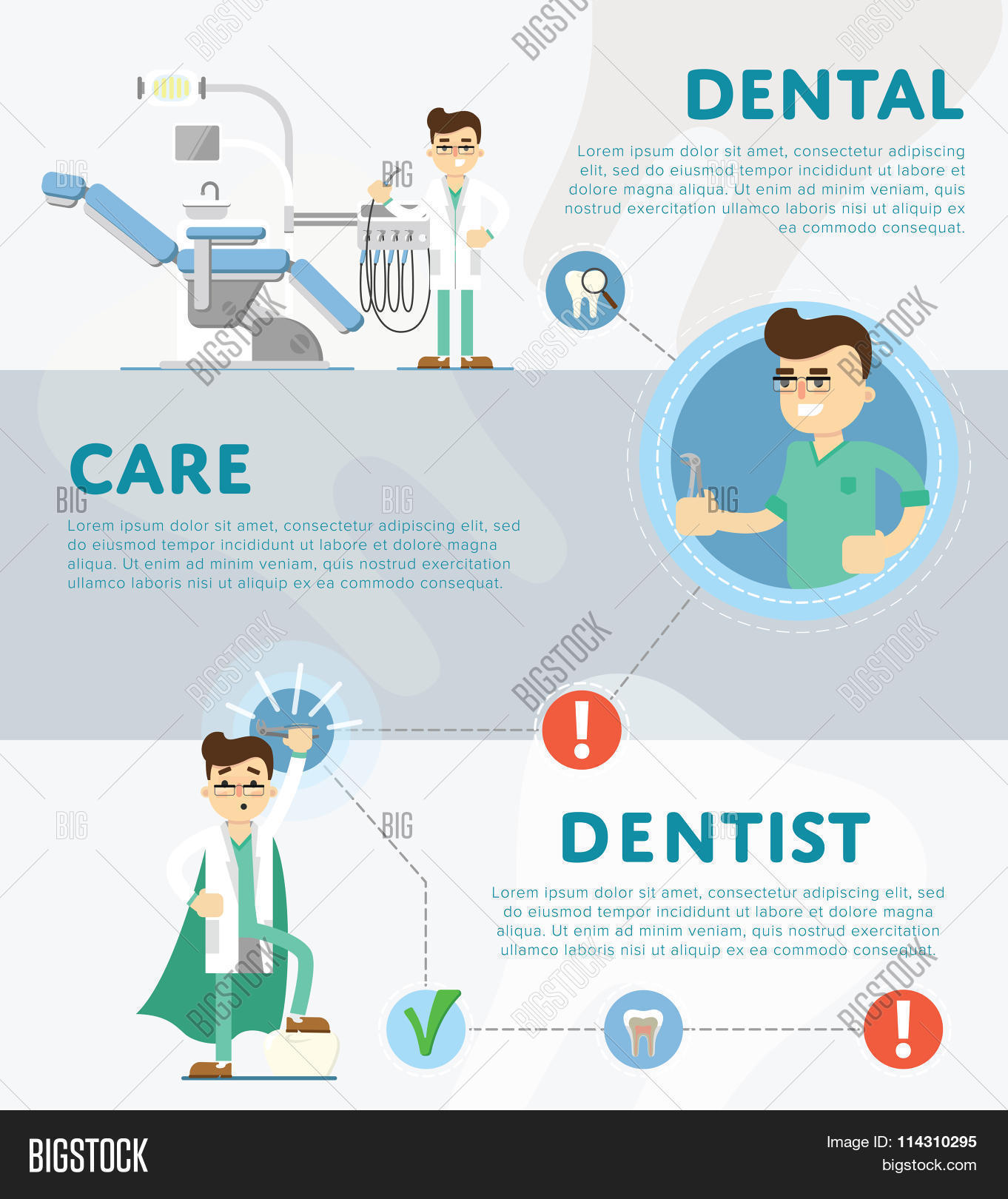Understanding Oral Injuries: When To Look For Urgent Care
Understanding Oral Injuries: When To Look For Urgent Care
Blog Article
Developed By- teeth whitening dentist near me
If you really feel an unexpected jolt of discomfort or notice a tooth injury, it can be disturbing. Yet exactly how do you establish if it's an oral emergency that needs instant attention? Recognizing the essential signs and knowing when to look for aid can make all the difference in protecting your oral health and wellness. Understanding when to act swiftly can mean the difference in between a quick fix and more extensive treatment.
Common Kind Of Dental Injury
What're the typical sorts of dental trauma that you should be aware of?
Accidents can take place, leading to different kinds of dental injuries. One usual kind of dental trauma is a broken tooth. This can happen from biting down on something difficult or experiencing a strike to the face.
Another kind is a damaged tooth, where a part of the tooth can chip off. Furthermore, you may experience a knocked-out tooth, which can occur during sporting activities or drops. It's crucial to handle the tooth thoroughly and look for instant oral focus.
Oral injury can likewise involve a tooth that has been pushed out of placement or loosened up due to an injury. This kind of injury needs timely treatment to save the tooth.
Finally, soft tissue injuries in the mouth, such as cuts, can also occur from accidents. Learning about these typical sorts of oral injury can assist you act quickly and properly in case of an emergency situation.
Indications of Oral Emergencies
Acknowledging the indications of dental emergency situations is important for punctual activity and appropriate treatment. If you experience extreme tooth discomfort that's constant and throbbing, it can suggest a hidden problem that calls for instant focus.
Swelling in the periodontals, face, or jaw can likewise signify an oral emergency situation, particularly if it's accompanied by discomfort or high temperature. Any type of type of trauma to the mouth resulting in a cracked, damaged, or knocked-out tooth needs to be treated as an emergency situation to prevent more damage and possible infection.
Hemorrhaging from the mouth that does not quit after using stress for a couple of minutes is one more red flag that you should seek emergency oral treatment. Additionally, if you discover any type of signs of infection such as pus, a nasty taste in your mouth, or a fever, it's important to see a dental practitioner as soon as possible.
Disregarding these signs can lead to extra severe difficulties, so it's crucial to act quickly when faced with a possible oral emergency.
Importance of Immediate Therapy
Prompt action and instant treatment are critical in addressing dental emergencies to stop more difficulties and guarantee optimal results for your oral health.
When confronted with a dental emergency situation, such as a knocked-out tooth or extreme tooth pain, seeking instant therapy can make a substantial difference in saving your tooth and relieving discomfort. Delaying treatment can cause infection, enhanced discomfort, and also long-term damage to your teeth and gums.
By looking for visit the up coming site without delay, you boost the opportunities of successful treatment and remediation. Dentists have the necessary skills and equipment to resolve emergency situations successfully, lowering the threat of lasting repercussions.
Furthermore, immediate treatment can assist take care of pain and pain, enabling you to resume your day-to-day tasks without diversion.
Final thought
To conclude, recognizing oral injury and recognizing when to look for emergency treatment is essential for keeping dental wellness.
By identifying typical kinds of dental injuries and the indications of oral emergencies, you can ensure timely care to avoid additional damage and problems.
Remember, seeking immediate therapy can save teeth, lower discomfort, and boost the chances of effective healing.
Do not wait to look for help from an oral professional if you experience any type of indications of oral trauma.
